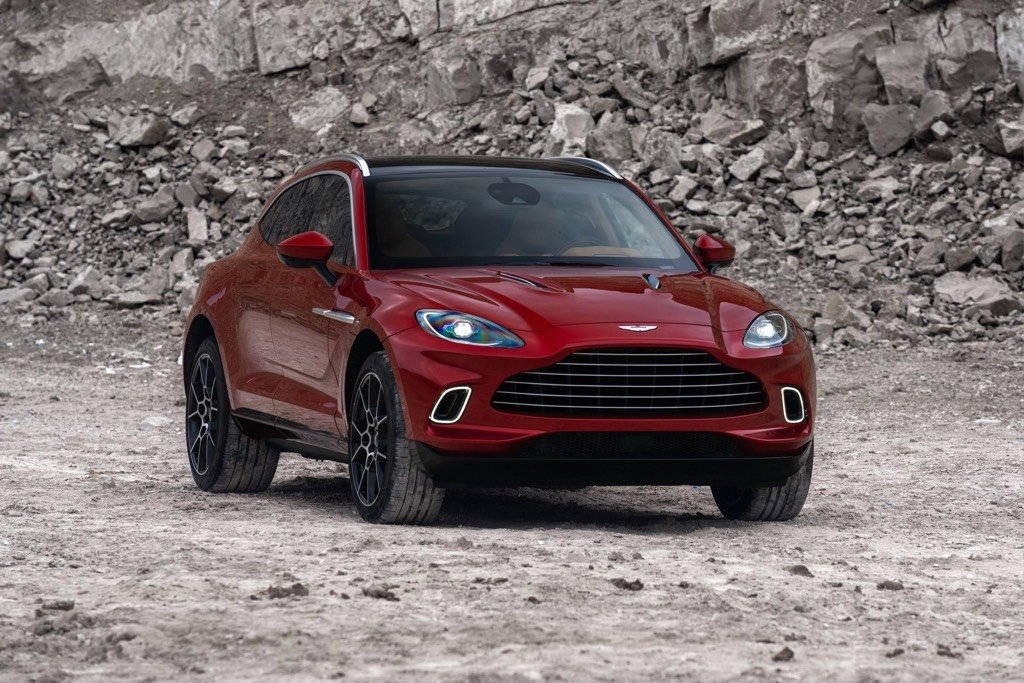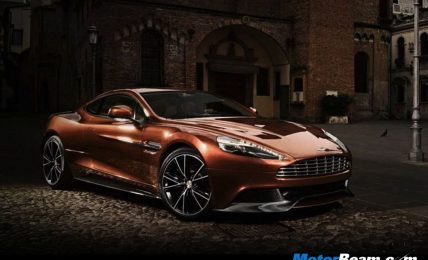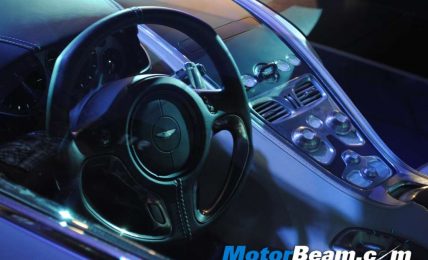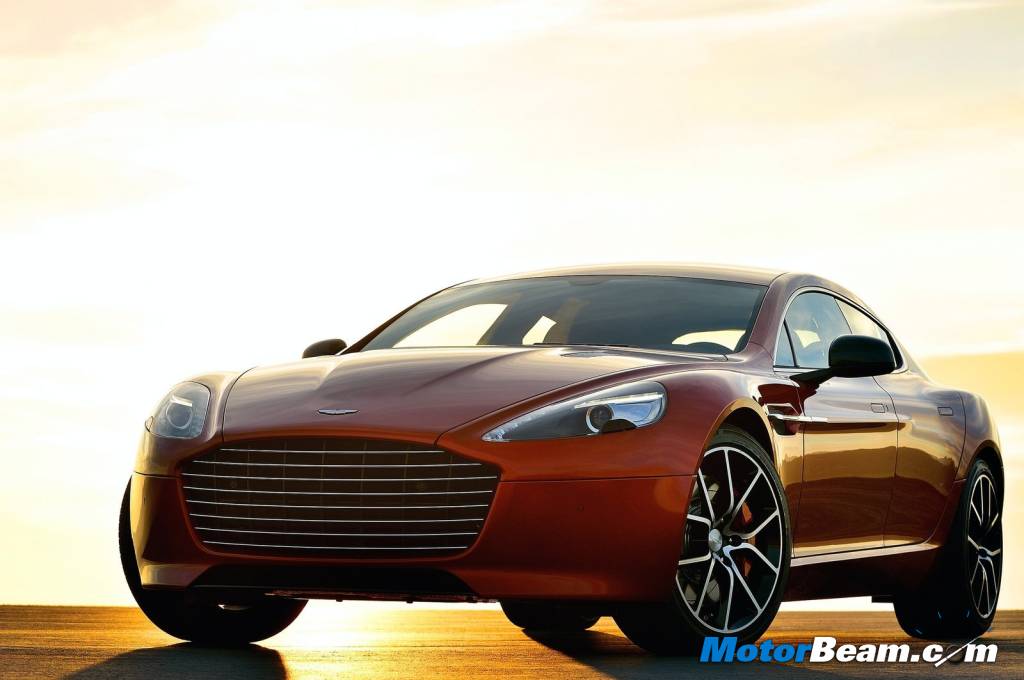
2014 Aston Martin Rapide S Review
Car Tested: 2014 Aston Martin Rapide S
Price OTR Mumbai: Rs. 4.2 crores
The design and visual highlights of the Rapide S make it stand out as an exotic 4-door sedan
Another concept to reality accomplished successfully by UK Gaydon based Aston Martin. First seen as a concept back in 2006, many in the business thought that a production Rapide would never see the day. Well it did and the good news is that it is ready for its second career innings. In terms of product positioning, the incoming Rapide S replaces the outgoing Rapide in markets worldwide. It may be remembered that Aston Martin conceived the Rapide and presented it around the same time when Porsche was looking at the Panamera. This was in the year 2010 and till then the four-door sports sedan segment was uncharted territory for both sports car makers. However, common to both brands was the desire to set off a trend of coupe-styled four-door sedans. In that respect, the Aston Martin’s Rapide overtook the Porsche in terms of design purity as the latter was trying to create a booted version of a 911. However, if one looks at the career graph and subsequent developments of these coupe-styled sedans in their generation one avatars, then the winner of this Britain vs Germany game is arguably Porsche which has been able to dig in the deep pockets of its parent group and come up with hybrid, diesel and performance Panamera variants. While Porsche has taken a diverse engineering approach in its sedan offerings, Aston’s approach has been somewhat conservative. But being conservative doesn’t necessarily mean losing out in the game as it banks on heritage.
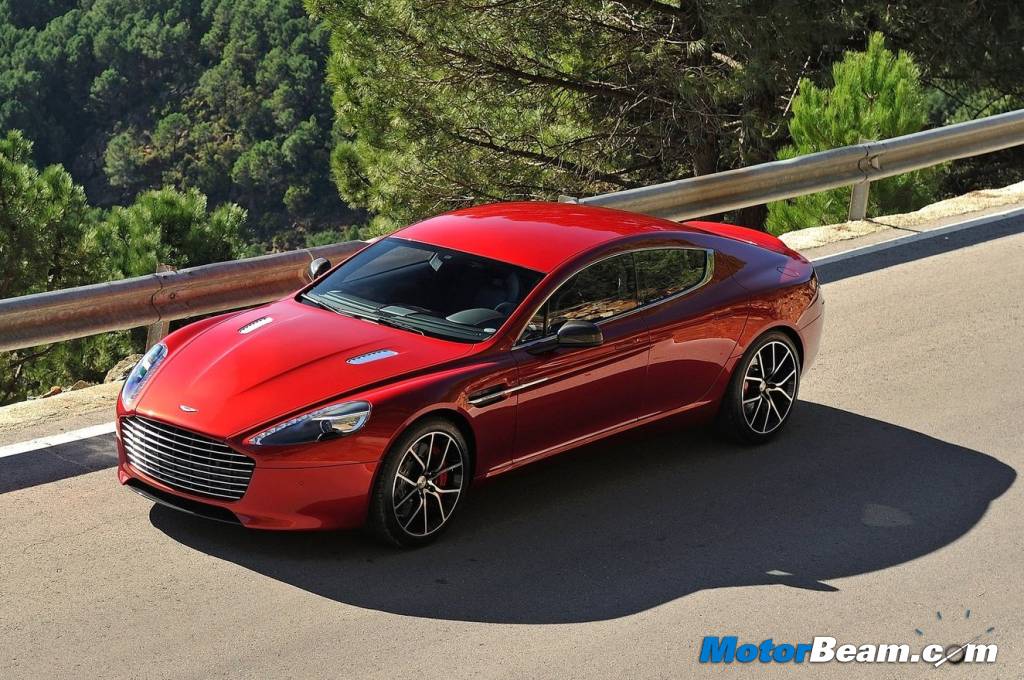
The simplest way of describing the Rapide S is that it is essentially a DB9 with more distance between the wheel axles. As of now Aston Martin hasn’t invested in any direct replacement architecture for its ageing VH platform but says that several modifications have been made to qualify it as Gen IV and still be useful. The current VH platform on which the Rapide is built utilises an extruded-aluminium bonded to an aluminium and composite skin so it’s not completely outdated and also means that the Rapide S has similar construction as in Aston’s other sports cars. In profile, the incoming car is similar to its predecessor, but a new face, in particular a new grille design announces its arrival. The car’s revised front end design is matched at the rear by a striking new rear end profile which includes a more pronounced boot lid ‘flip’.
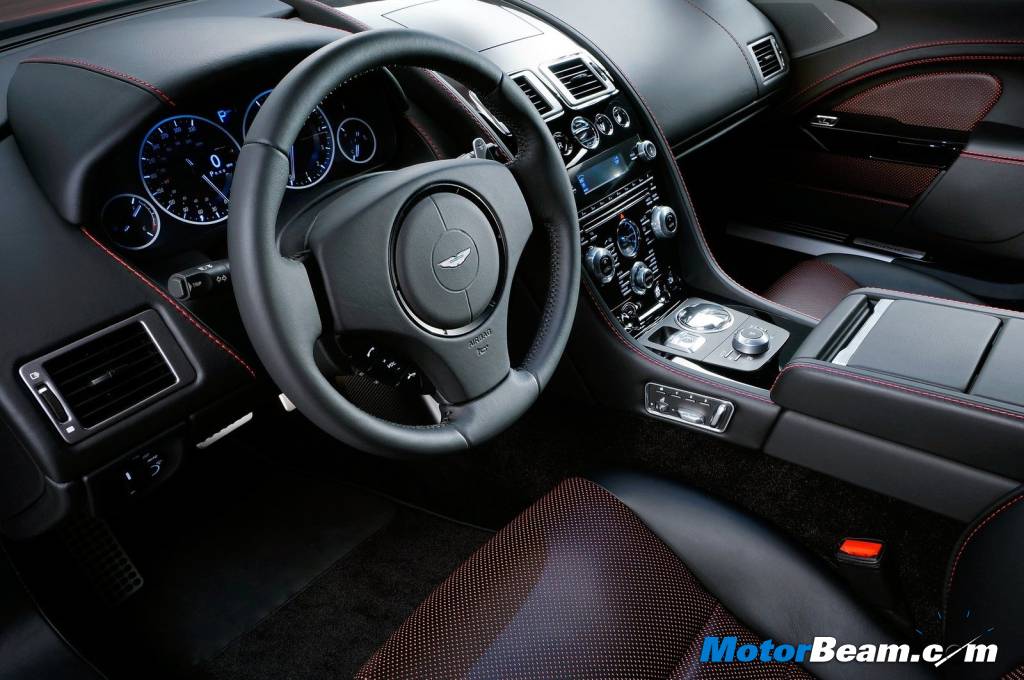
As before, the front doors open at about a 15-degree upward angle and the brutally raked windscreen has ensured the front doors are smaller and one has to be extra careful while getting in or out of the car. And for those who are familiar with Aston Martin cabins, the interior execution of this car will evoke mixed feelings. This is because of this mix ‘n’ match approach of doing things. On one hand, one salutes the craftsmanship of this car, especially when it comes to expertise of saddlers which is obvious from detailing of things like the hide strap with a weapon-like metal knuckle which hangs against the B-pillar to the carryover dashboard with its dismal and unpractical layout and equipment. The least we were expecting Aston’s designers to look at the cluttered central console, solve the awkward positioning of the display screen and at least put the switches in some order by grouping functions and introduce contemporary solutions like a single point controller. The central console is so cluttered that there was no space for the petrol cap release which has been unusually and inconveniently placed under the dash on the A-pillar.
Apart from the ergonomic niggles, it’s difficult to find a surface inside the car that’s not covered in velvety-soft, impeccably stitched leather, while exotic natural materials like genuine wood veneer are used to fill in the blanks. The metal finish gauges are now standard and some may find it amusing to see the dial indicators for the speedometer and tachometer rotating in opposite directions. Meanwhile, paddle shifters are fixed to the steering column.
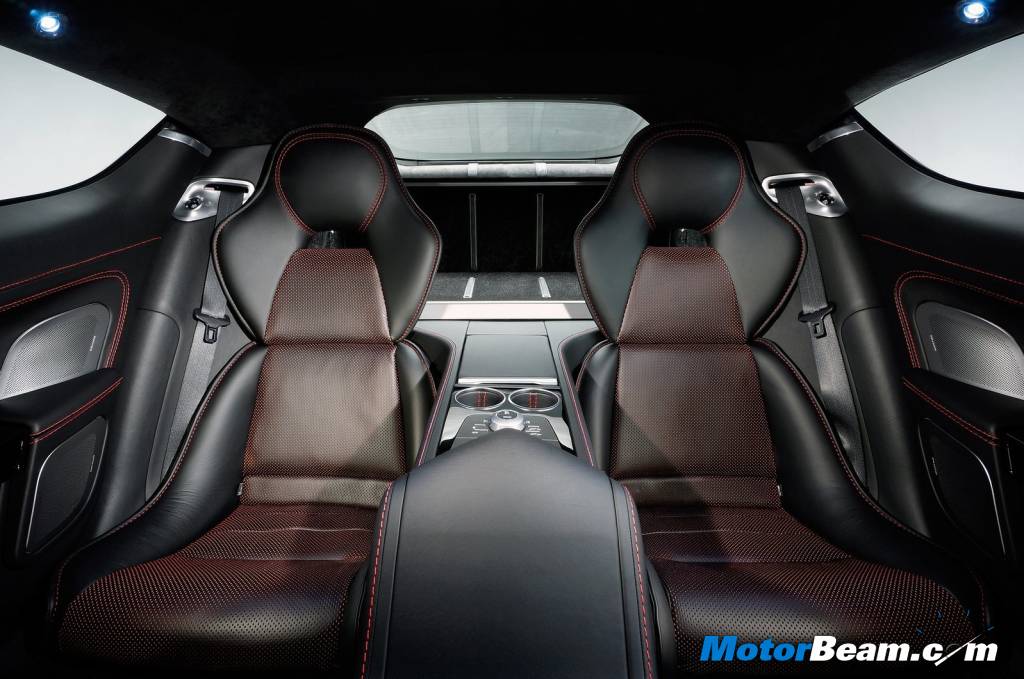
The driver’s seat is sculpted and comfortable. While there’s ample legroom and headroom for taller drivers up front, however, the low-slung seating position and coupe like greenhouse feel ensure that it feels more like a sports car than a traditional sedan. Outward vision is terrible, especially for shorter drivers. The rear seat certainly offers more space than the DB9, but the Porsche Panamera in this respect would feel like a stretched limousine. Another design hurdle which Aston hasn’t been able to overcome: creating more hip room by narrowing the transaxle’s wide tunnel. In terms of practicality, luggage space starts out at 317-litres but grows to 886-litres when the back seats are folded down. And unlike traditional sedans with rear bulkheads, the way the folded seatbacks are finished and how they release and gently fall into place is unique and interesting.
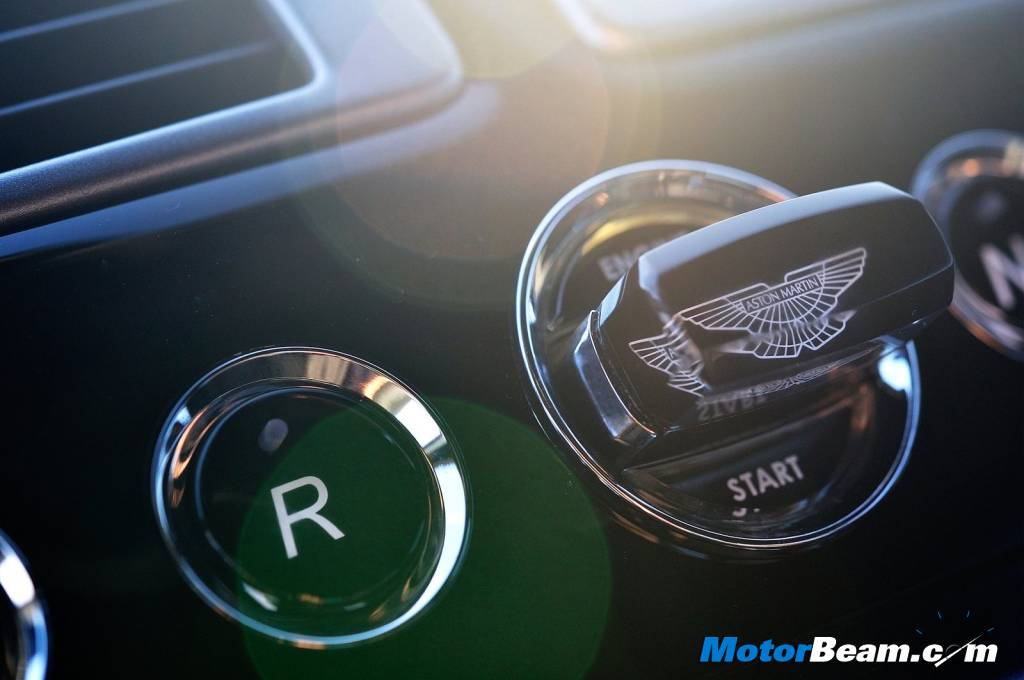
Under the car’s long bonnet, for the Rapide S, Aston Martin has uprated the AM11 naturally-aspirated 6.0-litre V12 powerplant to deliver unprecedented power and improved in-gear acceleration. Power is up by 17 percent to 550 HP and peak torque increases too, up from 600 Nm to 620 Nm at 5000 RPM. Meanwhile an even more marked improvement in torque occurs lower down the rev range, as pulling power rises by more than 40 Nm between idle and 4000 RPM with an additional 50 Nm available at 2500 RPM. The car also benefits from the new ZF 8-speed transmission. Dual variable camshaft timing, knock sensing, even the fully catalysed stainless steel exhaust system are developments derived directly from Aston Martin Racing’s WEC GT campaign to help maximise performance and efficiency.
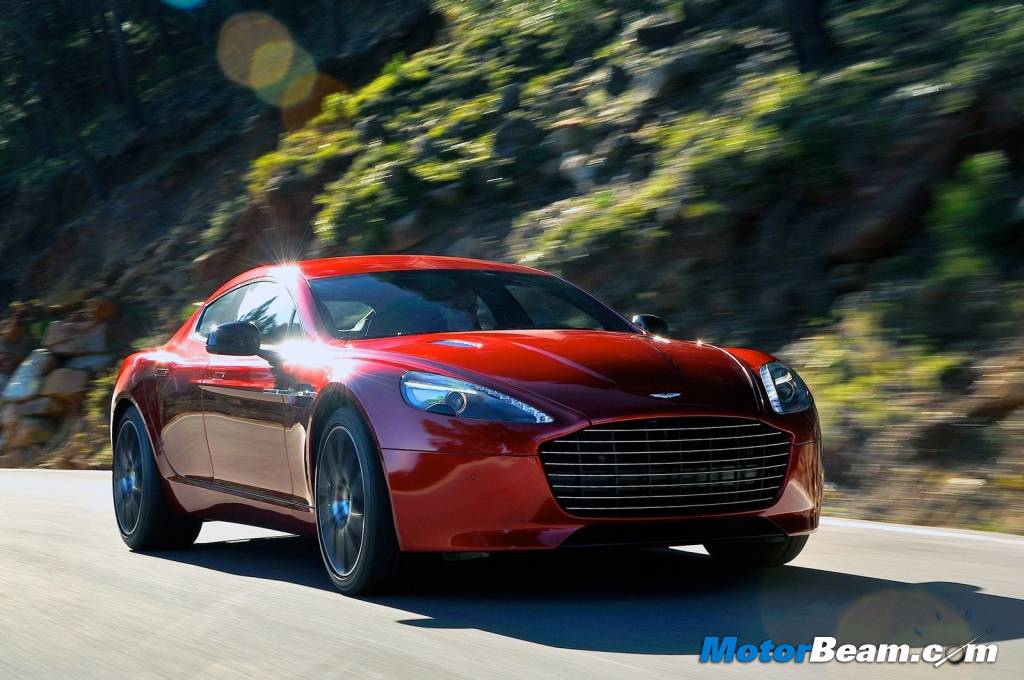
As before, the AM11 V12 engine’s exhaust note is compelling and it can confidently take a corner like a sports car
Fire the engine using the key fob and the V12 engine roars into life and settles into idle quickly. In the world of modern GT cars where performance numbers have reached supercar territory, the Rapide S is at least a second slow in its 0-100 km/hr sprint but that aspect doesn’t disqualify the car. While reprogramming the engine software has resulted in better torque delivery, it feels much better and relaxed than the outgoing Rapide as it builds its speed in a linear fashion with appropriate driver input. Featuring double-layered glass, the Rapide S is pretty quiet, especially when driven sedately, however, some road noise from the 20-inch wheels can filter in but they don’t disturb the serenity inside the cabin. Where the Rapide S clearly outshines its competitors is in the steering department where the feedback and response is pure and unadulterated, thanks to the hydraulically assisted set-up. Meanwhile, the variable suspension shock absorbers do an outstanding job in providing a smooth and controlled ride befitting a luxury sedan. And despite improvements in build quality and detailing, the NVH department still has work to do. The 8-speed ZF automatic transmission is ultra-smooth, even in manual-shift mode where the shifts are markedly quicker and the edginess of the older robotized transmissions is a thing of the past.
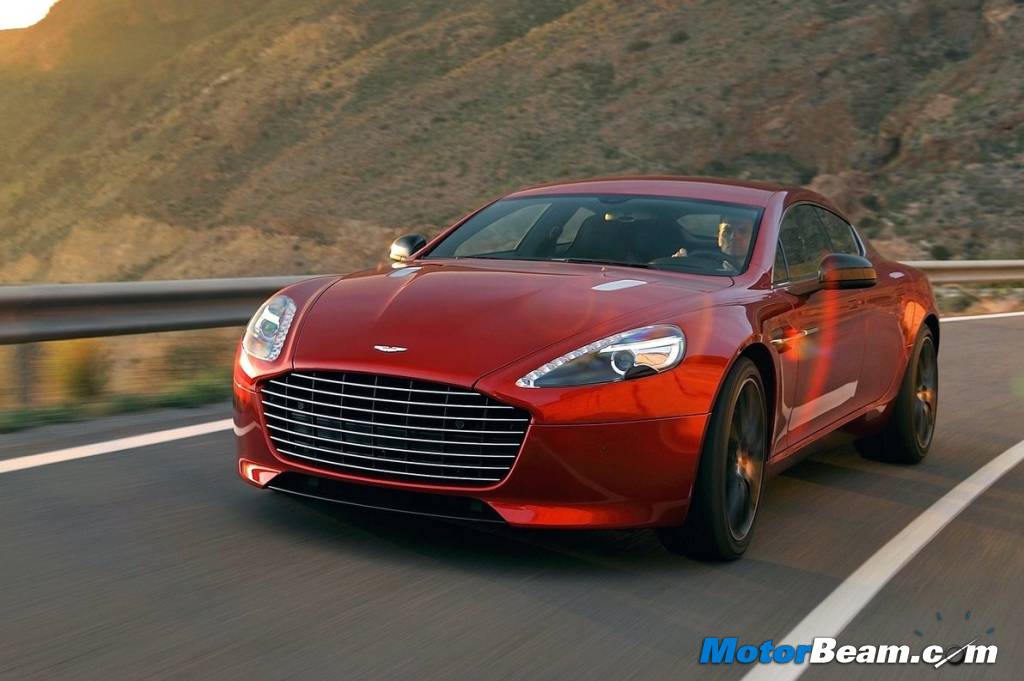
The adaptive suspension button alters between Normal, Sport and Track modes. We noted that they are from the ones used in the Vanquish, but in its functioning it is somewhat different. Normal brings a fabulous ride, even on these huge wheels, and Sport sharpens up the handling enough to hustle it along a deserted road. However, unlike sports cars, the chassis changes do not involve things like gear shifting or steering feel. Having a Track mode in a sports sedan is rarely heard of and we wonder how many Rapide S owners would actually take the car for a track day if there are opportunities to do so? And a short note on living with the car. In terms of operating day-to-day things, while many modern sports sedans have migrated to modern features like a centralised knob-based infotainment controllers, the lack of such a device means that you have to master the manually operated switches and depend on the labeled buttons. This disorderly placement of the functional switches can be irritating, especially, when you are in a hurry.
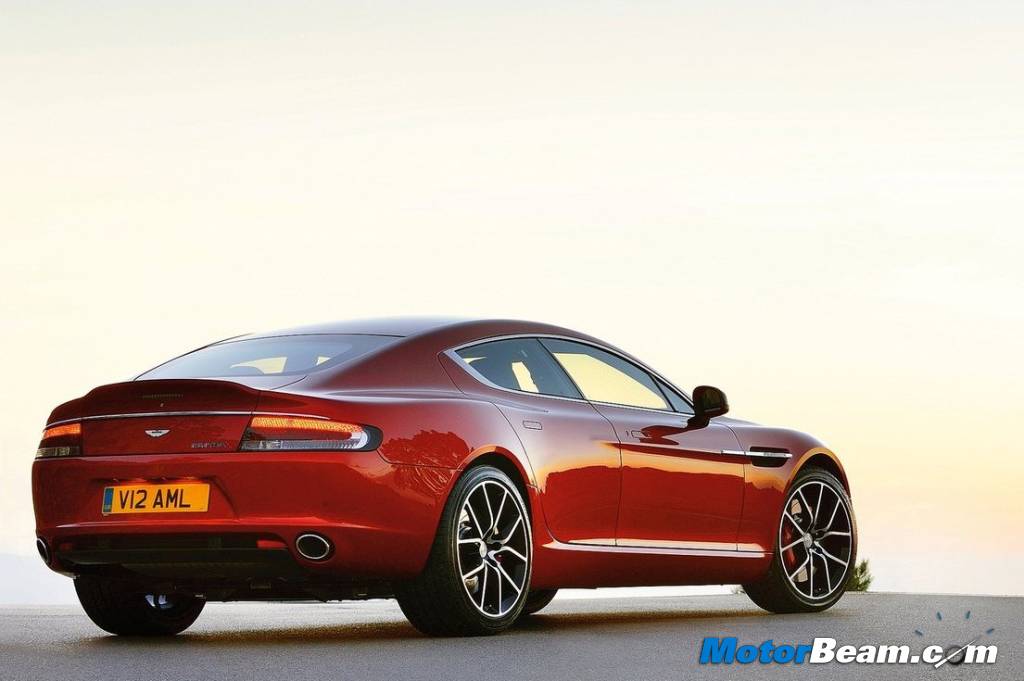
The overall impression is that Aston Martin has created the Rapide S in a hurry and perhaps on a shoe-string budget. It has created a car that looks good but key touch point areas have been neglected. Aston Martin has set its image in stone as a carmaker devoted to crafting alluring and expensive cars and such an exercise could be counter-productive. While Aston Martin doesn’t have access to deep pockets of a rich parent company, so it’s understandable how the strategy of offerings has to be limited when compared to Porsche. It may sound absurd, but considering the Rapide S’ engineering, design, pedigree and hand-crafted execution, its sticker price and gorgeous looks makes it a standout contender in the 4-door sports car market.
Despite some of its flaws, the Aston Martin Rapide S is an exotic 4-door sedan that owners will probably find themselves driving every day. It drives well and has a very good ride quality with an amazing hydraulic steering that offers pure and accurate response.
What’s Cool
* Exterior and interior design
* V12 engine sound
* Ride and handling balance
What’s Not So Cool
* Too many buttons with no proper infotainment system


